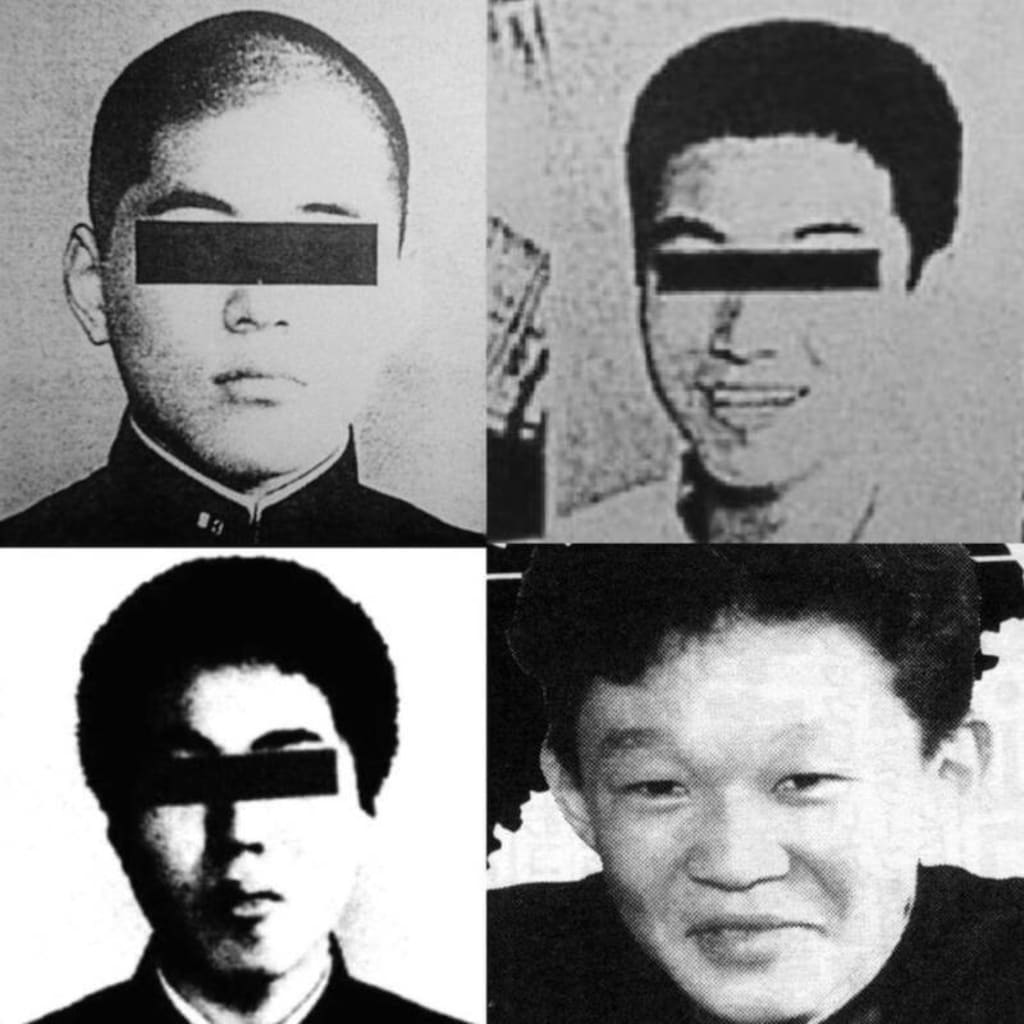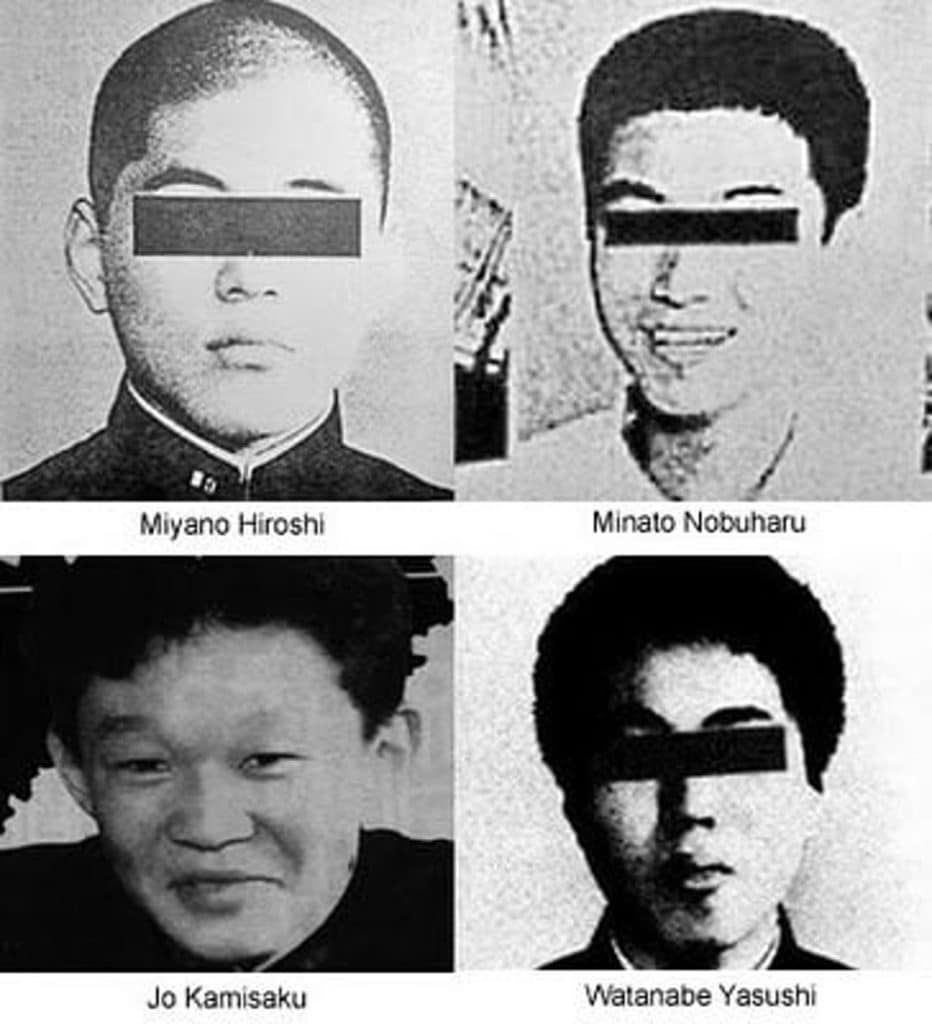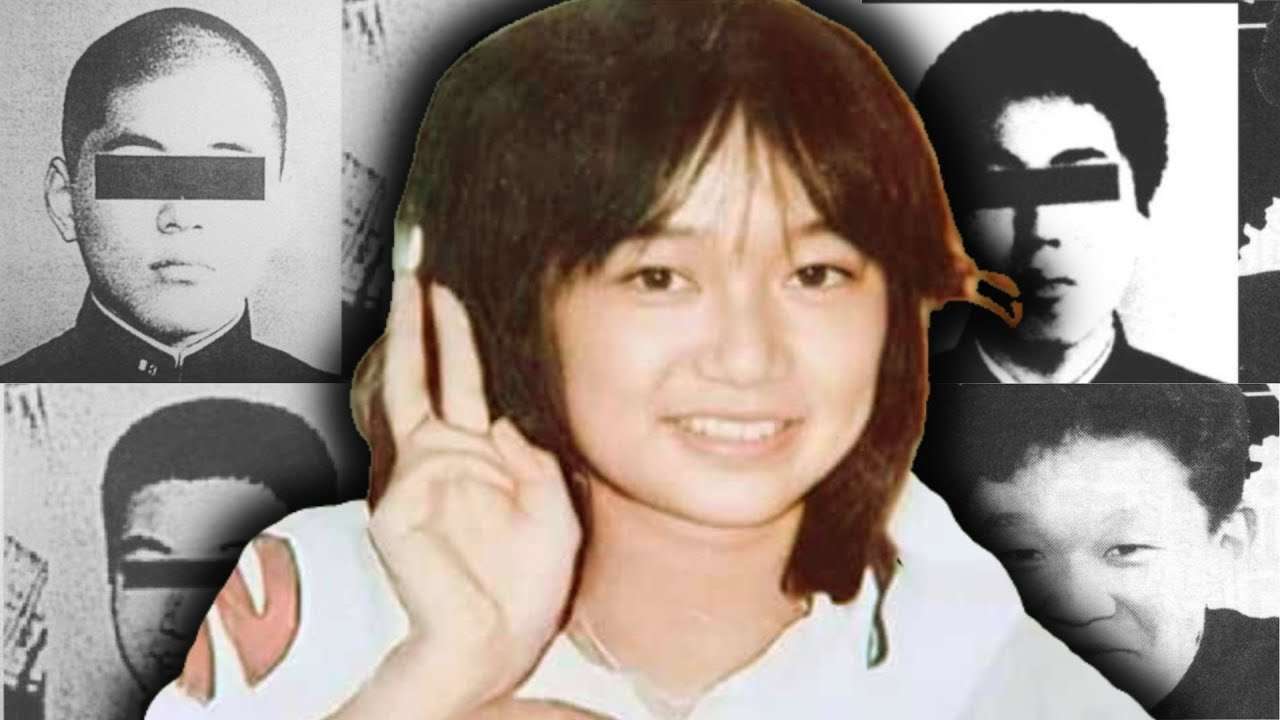Where do the shadows of the past truly reside? The haunting question of the whereabouts of Junko Furuta's killers continues to echo through the corridors of memory, a chilling reminder of a crime that shocked a nation and the world.
The case of Junko Furuta is a harrowing tale, a brutal demonstration of human cruelty and the lasting scars it leaves behind. Born on January 18, 1971, in Misato, Saitama Prefecture, Junko's life, like so many others, was tragically cut short by unspeakable acts of violence. Growing up in Misato with her parents, an older brother, and a younger brother, Junko's life was seemingly ordinary until fate, in its cruelest form, intervened.
The year was 1988. Junko, a high school student, was abducted and held captive for a staggering 40 days. Over this agonizing period, she endured relentless torture, sexual assault, and unimaginable suffering at the hands of four teenagers. This horrific crime, considered one of the most heinous in Japanese history, sent shockwaves across the globe, leaving a trail of grief and outrage in its wake.
- Emilia Clarke And James Franco A Deep Dive Into Their Careers And Connection
- Davido Net Worth 2024 A Deep Dive Into The Wealth Of The Nigerian Music Icon
The perpetrators, including individuals identified as Minato and Miyano, then aged 15 and 18 respectively, along with two other youths, subjected Junko to unspeakable atrocities. They took her to a residence in the Ayase area of Adachi Ward, where the unimaginable acts of violence unfolded. The cruelty inflicted upon her was not merely physical; it was a systematic degradation of her humanity, a violation that continues to resonate with those who have learned of her ordeal.
The investigators faced significant challenges in apprehending the criminals responsible for this crime. Their efforts were eventually successful, but the sentences handed down, as time passed, became a source of controversy and debate. Many considered the punishments to be surprisingly lenient, given the severity of the crimes committed.
The search for answers often leads us back to the essential question: Where are the individuals responsible for such a brutal act now? The answer, though difficult to fully provide, offers a glimpse into the aftermath of the tragedy and its impact on the lives of both the victims and the perpetrators.
- Anne Curtis And Erwan Heussaff Breakup A Detailed Insight
- How Old Is Justin Bieber A Comprehensive Look At His Life And Career
| Subject | Details |
|---|---|
| Name | Junko Furuta |
| Date of Birth | January 18, 1971 |
| Place of Birth | Misato, Saitama Prefecture, Japan |
| Family | Parents, Older Brother, Younger Brother |
| Incident | Abduction, torture, rape, and murder by four teenagers in 1988. |
| Capture | Captured after police tracked down her body and through fingerprints. Jo Ogura was captured on April 1, 1989, and others were discovered after certain days. |
| Current Status of Killers (as of 2023) |
|
| Impact | The case is considered one of the most heinous crimes in Japanese history. The family is still grieving and fighting for justice. The perpetrators are publicly hated and struggle to fit in. |
| Body | Found in a drum of concrete. |
| Reference | Wikipedia |
The discovery of Junko's body in a concrete drum was a crushing blow, amplifying the horror of the situation. It brought a sense of finality to the tragedy, but it also provided the evidence needed to bring the perpetrators to justice.
The aftermath of this crime saw the judicial system grappling with the complex issues of sentencing and justice. The lenient sentences handed down were met with widespread criticism, and the case sparked a national debate about juvenile crime and the importance of societal accountability.
In the years following the crime, the families involved, particularly Junko's family, have had to live with the immense pain and suffering caused by the loss of their loved one. The emotional toll of this tragedy is immeasurable, a stark reminder of the lasting impact of violence.
The question of where the killers of Junko Furuta are now remains a subject of considerable interest and speculation. The details of their lives since their release from prison are largely unknown. While some sources suggest that they are living freely, their whereabouts are intentionally kept private. This privacy is maintained partly to ensure their safety, and partly to prevent them from experiencing continued public scrutiny and condemnation.
One of the offenders, Watanabe, is the only one who has not reoffended since he got out of prison, and this information offers some context. However, the lack of further information leaves the situation ambiguous, as public perception is largely negative. Those involved in this case continue to live under the shadow of their crimes, struggling to find acceptance and a sense of normalcy in their lives. The community surrounding them still feels the reverberations of that devastating episode.
Discussions on true crime, current events, and internet media continue to highlight the case. The case's lasting impact is apparent through the various forms of online discourse. The case has been featured in discussions, documentary-style videos, and other content designed to dissect the details and outcomes of this tragic event.
The tragic narrative of Junko Furuta serves as a constant reminder of the potential for evil that exists within humanity. The horrific details of her ordeal are often presented in stark contrast to the desire for peace and safety.
The ongoing conversations surrounding the case bring into focus the complexities of the legal system, sentencing, and the justice system. The impact of the crimes and the manner in which they were dealt with have raised questions about the adequacy of legal responses, the appropriate balance between justice and mercy, and the responsibilities of society in the face of such terrible atrocities.
The emotional impact on Junko's family continues to be a significant factor. They continue to grieve her loss and the injustice she experienced. The fight for justice extends beyond the legal realm and includes seeking ways to keep her memory alive and working to prevent similar crimes from ever happening again.
The case of Junko Furuta is a poignant reminder of the importance of remembering victims of crime. It is a call for increased empathy, compassion, and a commitment to preventing future acts of violence.
Many people are curious about the exact location where Junko Furuta was tortured and murdered. The details of this location, though sensitive, are available through accessible Japanese websites. The availability of such information highlights the public interest and the need for factual reporting in discussing the incident.
The case is still a painful topic to revisit, yet the continuous discussion is necessary. In a world filled with so many uncertainties, the quest for answers, justice, and closure persists. It is in this quest that we find the strength to examine the depths of human darkness and the importance of hope and healing.
The search for answers leads back to the key question: Where are Junko Furutas killers now? While it's difficult to give a complete answer, the search offers insights into the incident's effects on both the victims and the perpetrators. In 2023, the status of Junko Furuta's killers varies. Some remain incarcerated, repeatedly denied parole because of the gravity of their crimes. Others were released after serving their full sentences. The exact whereabouts of the perpetrators remain largely unknown. Those who were released are now free and living independent lives. They continue to bear the weight of public scorn and struggle to fit in, a constant reminder of their heinous actions.
The events surrounding Junko Furutas death serve as a chilling example of the devastation that can be wrought by cruelty and injustice. The case remains a stark reminder of the importance of empathy and the ongoing quest for justice.
The tragic case of Junko Furuta is a harrowing story of crime and injustice in modern history. Her name is synonymous with unimaginable suffering and the dark side of humanity. The rape and murder of Junko Furuta is considered one of the most heinous crimes in Japanese history.
The four kidnappers kept Junko captive for over 40 days in the Ayase area of Adachi Ward. Junko Furutas killers were caught after police tracked down her body, specifically recognizing her through her fingerprints. The police recognized her through her fingerprints. Junko Furutas family is still grieving and fighting for justice.
The details of this case are a constant reminder of the importance of remembering victims, seeking justice, and the ongoing struggle against violence and the darker aspects of human nature.
The legacy of this tragic case continues to evoke a sense of outrage and profound sorrow. The world remembers Junko Furuta as a symbol of the terrible potential for inhumanity. The ongoing discussions surrounding her case keep her memory alive and serve as a call to action for preventing similar tragedies from ever happening again.


